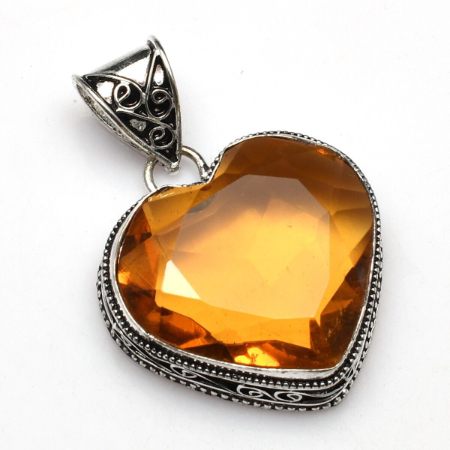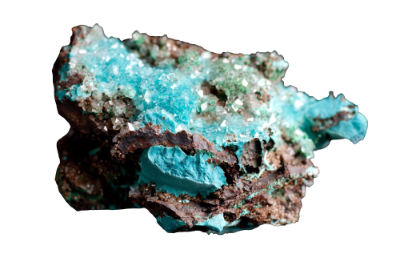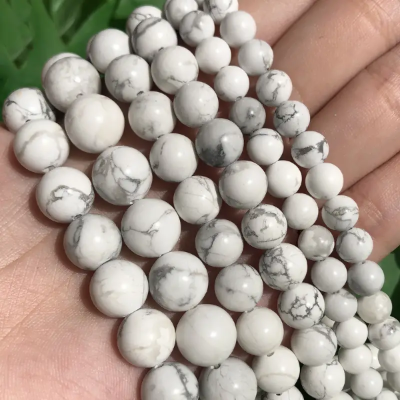
Citrine is the yellow to red-orange variety of crystalline quartz. Clever marketing and the rise of “earth tone” fashions have made this durable and readily available gem a popular jewelry stone in recent years.

In terms of color, at the top end of the scale, you’ll find prime specimens of the most saturated yellow, orange, and reddish tones. Those with less intense color fall into lower value ranges, with pale or smoky stones at the bottom.
There’s no exponential increase in value per carat with increase in size, as larger sizes are readily available. Inclusions will decrease value.
As with any gem material, custom cutting increases value. In many fancy cut or carved specimens, most of the value is due to the artistry of the cutting.
Citrine was once the Rodney Dangerfield of the gem world. Due to its abundance, it would “get no respect,” as it were. In recent decades, this perception has changed, partly because earth-tone jewelry has come into vogue. Home shopping networks have also marketed the various shades of citrine aggressively, with catchy adjectives like “butterscotch” and “whiskey.” Apparently, this has worked. Citrine is now a modern alternative birthstone for November.
Mining actually yields very little citrine. The vast majority of citrine on the market is produced by heating smoky quartz (which produces light to medium yellows) and amethyst (which produces stronger yellows and orange-red to orangey brown shades). Natural stones usually occur in pale yellow colors, often with smoky tones.

Citrine as a Jewelry Stone
Citrines make fine jewelry stones. With no cleavage and a hardness of 7, they can be used for any jewelry application. Like most quartz, it’s available in large sizes. Thus, custom gem cutters can easily use this stone for dramatic and intricate cuts.
Citrine’s yellow colors are due to the presence of ferric iron, colors traditionally associated with topaz. Confusion between these gemstones does occur, even though quartz and topaz are distinct gem species.
Misnomers
In the past, people commonly referred to citrine by misleading names, such as “Brazilian topaz,” “Madeira topaz,” and even “topaz quartz.” Unscrupulous vendors can still take advantage of the long association of yellow with topaz to pass off inexpensive citrines as more expensive topaz pieces. For more examples, consult our list of misleading or false gemstone names.
Care
Citrines make durable jewelry stones that require little special care. However, heat-treated stones may fade when exposed to heat. Thus, avoid steam cleaning or boiling your citrine jewelry. Instead, use either ultrasonic cleaning or simply warm water, mild detergent, and a soft brush.
Although usually free of inclusions, citrines with low clarity grades — with liquids, gases, or crystals trapped within them — should be cleaned by hand only. However, any heat-treated citrines are most likely safe to clean in an ultrasonic cleaner. [1]
Sources
[1} International Gem Society
[2] Freepik







